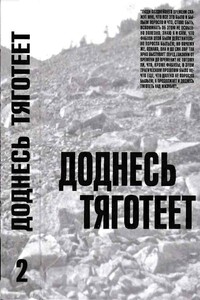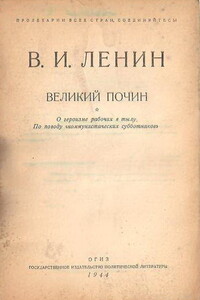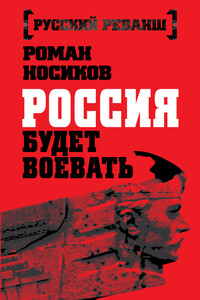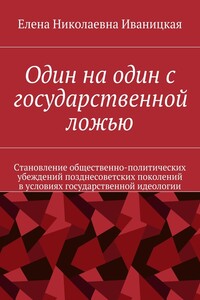Нации и этничность в гуманитарных науках. Этнические, протонациональные и национальные нарративы. Формирование и репрезентация | страница 31
During the following half century, differing national narratives were implicitly accepted by various persons. While Conrad III and Frederick I (1152–1190) exhibited a more Frankish-based political worldview, the Roman Commune and the Papacy embraced two very different Roman identities. Among other Italian authors the rulers were perceived in markedly different fashions: imperialists called the emperor a Roman, while others called him a German barbarian. A Frank he could not be, as by this point this meant only the French – in Italian eyes. For German authors, however, no doubt existed: they were both German and Frankish, and sometimes even Roman, depending on the situation.
Keywords: German; Frankish; Roman; Conrad III (1138–1190); Frederick I (1152–1190); Rome, the Papacy; identity; coidentity; contested identity.
СПИСОК ЛИТЕРАТУРЫ (REFERENCES)
1. Anonymus. Carmen de gestis Frederici I. imperatoris in Lombardia, ed. Irene Schmale-Ott. MGH SRG 62. Hannover: Hahnsche Buchhandlung,1965. 125 s.
2. Anonymus. „Civis Mediolanensis anonymi Narratio de Longobardie obpressione et subiectione", Italische Quellen Uber die Taten Kaiser Friedrichs L, Italien und der Brief Uber den KreuzzugKaiser Friedrichs I, hrsg. Franz-Josef Schmale. Darmstadt: Wissenschaftliche Buchgesellschaft, 1986. S. 240–295.
3. Dendorfer Jurgen. „Konrad III. und Byzanz“, in Die Staufer und Byzanz. hrsg. Karl.-Heinz. Ruefi, Góppingen: Gesellschaft fur Staufische Geschichte, 2013. S. 58–73.
4. Engels Odilo. „Friedrich Barbarossa im Urteil seiner Zeitgenossen“, in Stauferstudien: Beitrage zur Geschichte der Staufer im 12. Jahrhundert, hrsg. Odilo Engels. Sigmaringen: Thorbecke, 1996. S. 225–245.
5. Godfrey of Viterbo. „Pantheon”, in MGH SS 22, Historici Germaniae saec. XII, 2, hrsg. Georg Heinrich Pertz und Georg Waitz, Hannover: Hahn, 1872. S. 107–307.
6. Godfrey of Viterbo. „Speculum regum“, in MGH SS 22, Historici Germaniae saec. XII, 2, hrsg. Georg Heinrich Pertz und Georg Waitz, Hannover: Hahn, 1872. S. 21–93.
7. Górich Knut. Friedrich Barbarossa: Fine Biographie. Munchen: С. H. Beck, 2011. 782 s.
8. Górich Knut. „Friedrich Barbarossa und Byzanz", Die Staufer und Byzanz, hrsg. Karl.-Heinz. Ruefi, Góppingen: Gesellschaft fur Staufische Geschichte, 2013. S. 74–85.
9. Hausmann Friedrich. „Gottfried von Viterbo: Kapellan und Notár, Magister, Geschichtsschreiber und Dichter", Friedrich Barbarossa. Handlungsspielráume und Wirkungsweisen des staufischen Kaisers,







